Guide to the best TVs: that is 4K, Full HD, LED O AMOLED, a good TV at home is always convenient, for many reasons. For example, to watch our favorite series on Netflix, the best Marvel or animated superhero movies on Disney +, or to spend hours playing on our console. So it is important to choose it carefully, thus doing our eyes and our wallet a favor. But how to choose the best TV?
Best 4K TVs? Full HD? How to choose?
There are many factors to consider, and if some are subjective (such as design) others are more practical and functional, such as the system operative within them, the resolution, audio and the connectivity. As for the polliciaggio, or the size of our TV, we must pay attention to the distance in which we are going to place it in order to have the best viewing angle.
The ideal distance is calculated by multiplying the screen size for a factor ranging from 4,2 (to get the minimum distance) a 4,8 (instead ideal distance).
So let’s take a practical example. If your TV fits 45 inches, the distance between the screen and the eyes of the beholder must be equal to
45 ″ x 4.2 = 1.89 meters (minimum distance)
45 ″ x 4.8 = 2.16 meters – (ideal distance).
These measurements may vary slightly depending on the resolution of your TV: in fact, moving slightly away from a 4K TV you will perceive less difference and less loss of definition.
Differenze tra 4K/Ultra HD/Full HD/HD+
4K, Ultra HD, Full HD, HD +… What do all these acronyms ever mean? This is the screen resolution, ie the number of horizontal and vertical pixels present inside the panel. Basically it helps you to understand how big the digital image is. A parameter which in turn anticipates another aspect: more pixels means more details and more sharpness.
But how many pixels are we talking about?
The lowest resolutions today are HD ready (1280 x 720 pixel) e HD+ (1366×768 pixel).
The standard of recent years, however, is the Full HD, which corresponds to 1920 × 1080 pixels.
Finally we have Ultra HD and 4K are not exactly the same. The Ultra HD is in fact equal to 3840 × 2160 pixels with an aspect ratio of 16: 9. The 4K instead corresponds to 4096 × 2160 pixels, which forces it to deviate slightly from the classic 16: 9 as it has a few more pixels horizontally. The difference, mind you, is minimal but know that it is present.
All clear, but which one should I choose?
The choice should fall on the resolution that best matches the content you intend to use. If you want to focus exclusively on television programming, if you don’t like streaming platforms, if you are not obsessed with Blu-rays and are sure that things will remain like that in the next few years, it is probably useless to aim for 4K. There are no TV broadcast facts that take advantage of this standard. We will probably see them coming in the next few years, but for now it is still early,
If, on the contrary, you cannot do without Netflix, Prime Video and companions, if you dream of the Olympics in 4K, if you enjoy content through physical media in very high definition, then Ultra HD and 4K are the way.
LCD, LED, OLED, Quantum Dots … what do they mean?
They are abbreviations that indicate the technologies used by the manufacturer to make the panel. They seem a lot, but in reality they are not. In fact today they are two industry standards: LED or OLED.
LED technology is the evolution of the LCD (Liquid Crystal Display). The latter is based on liquid crystals which, however, do not emit their own light. An LCD therefore needs traditional bulbs to be illuminated.
However, the system has evolved and so today LCDs use LEDs instead of light bulbs, which made it possible to achieve better contrasts, intense blacks, a wider color gamut and even lower power consumption.
Here, however, all the other acronyms come into play because each manufacturer has its own particular variant of LED technology.
Here’s what you need to know to navigate the sea of TV peacefully:
- LED Edge: they have LEDs on the sides, they are very thin, they boast high contrasts and they consume little energy;
- LED Direct: they have LEDs distributed evenly and this increases the thickness of the TV, but also guarantees you better black management;
- Quantum Dots: they exploit a transparent layer for the backlight and a liquid crystal panel made up of thousands of “quantum dots” (Quantum Dots) that absorb part of the light and then re-emit it in the desired spectrum. I know, it sounds complex, but this actually enhances the colors and makes them more realistic.
Finally there are the YOU ARE which differ in one fundamental aspect: they use an organized light-emitting diode. So each point transmits light in a totally autonomous way and can even go out. This guarantees the best blacks on the market, but also a very high chromatic fidelity. In addition, the panel is extremely thin, which results in compact and very elegant designs.
Do you want to know even more? Here is our super guide!
Stop! What about HDR?
HDR stands for High Dynamic Range, or “high dynamic range”And is a technology that improves the rendering of individual pixels.
HDR offers improved contrasts, more brightness and – as the word itself suggests – a wide range of colors. All this to get more realistic content.
Best 4K and Full HD TVs – September 2021
At this point you should have all the tools to choose a TV that suits your needs and tastes, but we want to help you further by suggesting a series of models that could be for you.
Best TV under 500 euros
If you are looking to save as much as possible, this is the section for you.
HiSense H40B5600
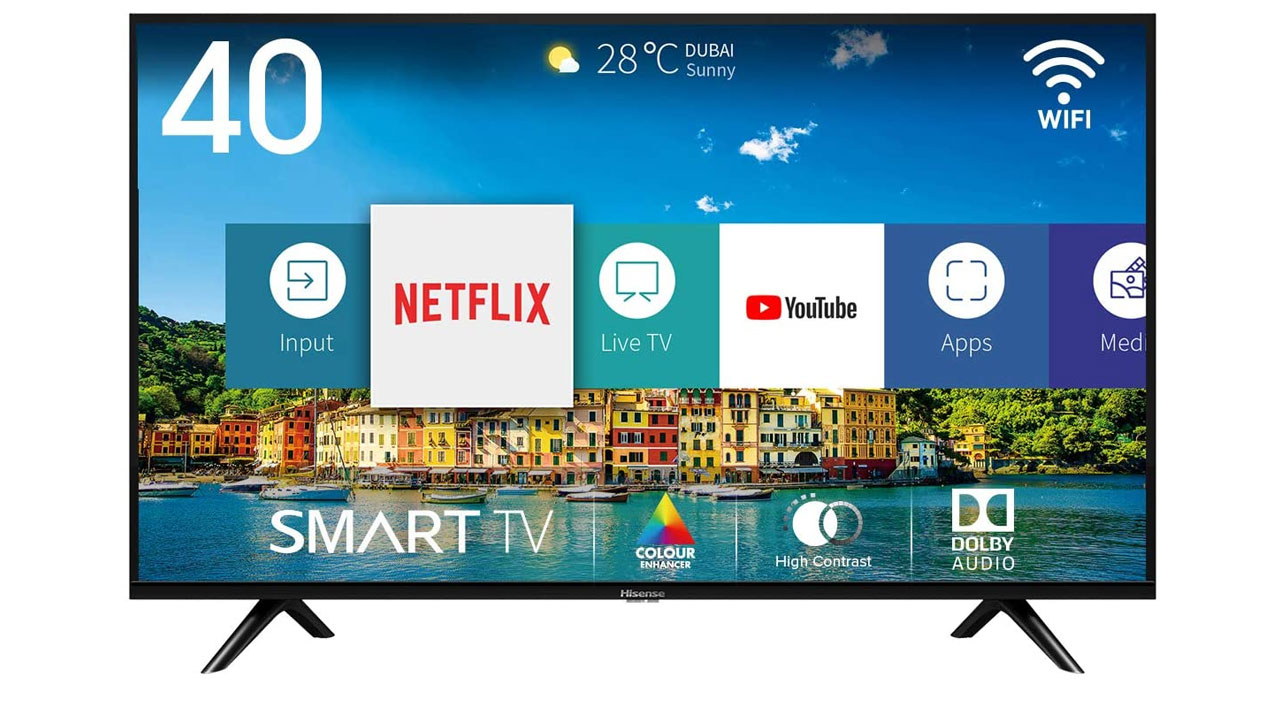
349 euros is the list price of HiSense H40B5600. This 40-inch TV comes with a Full HD LED panel, is equipped with a latest generation digital terrestrial receiver and has all the inputs you need. Plus it’s smart: you can find Netflix, Prime Video, Chili and all the most famous apps there.
Samsung RU7450
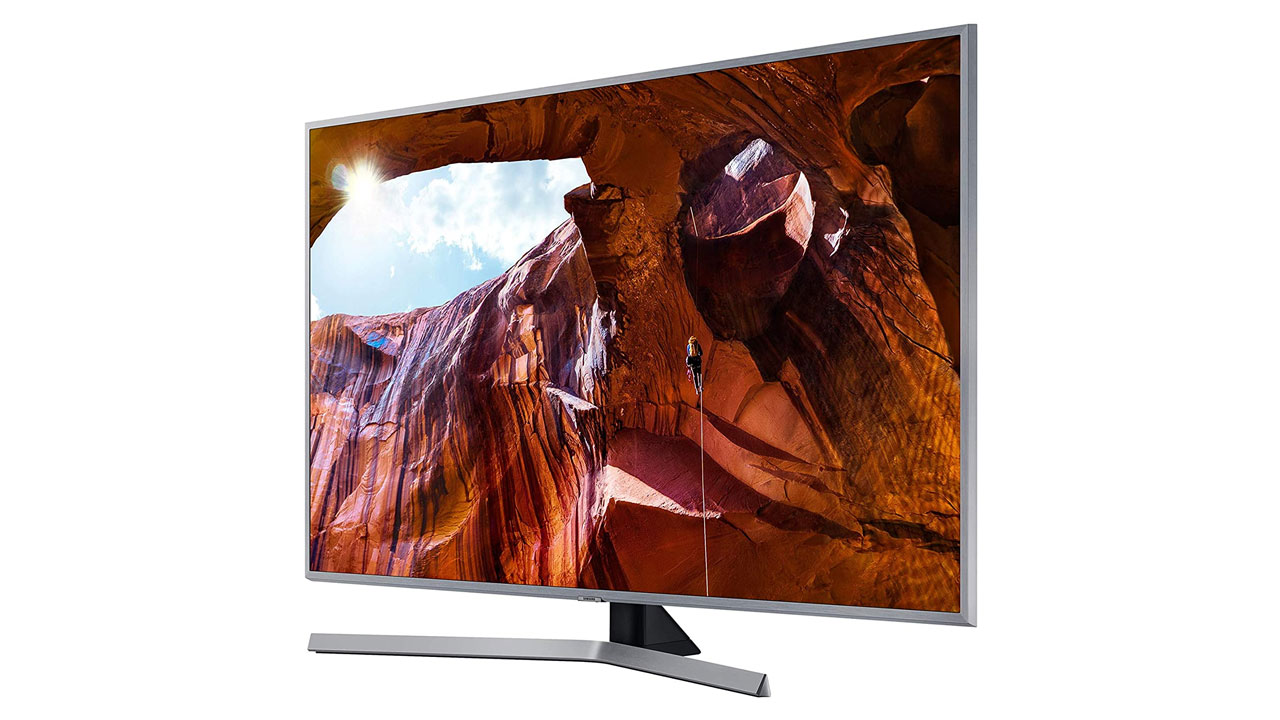
It is a variant of the RU7400 series. What changes? Silver frames, Premium Smart Remote remote control and image control technology Supreme UHD Dimming.
Otherwise you have the same attractive features as the RU7400 TVs: 4 different cuts (43, 50, 55 and 65 inches), the HDR10 +, the Dynamic Crystal Color system to have crystal clear and brilliant images and the Clean Cable to hide the cables from view.
The price? It starts at € 599 but don’t despair: the series is constantly on sale and you get by even with 400 euros for the 43 ″ variant.
Best TV under 500 euros: LG 55UM7450PLA
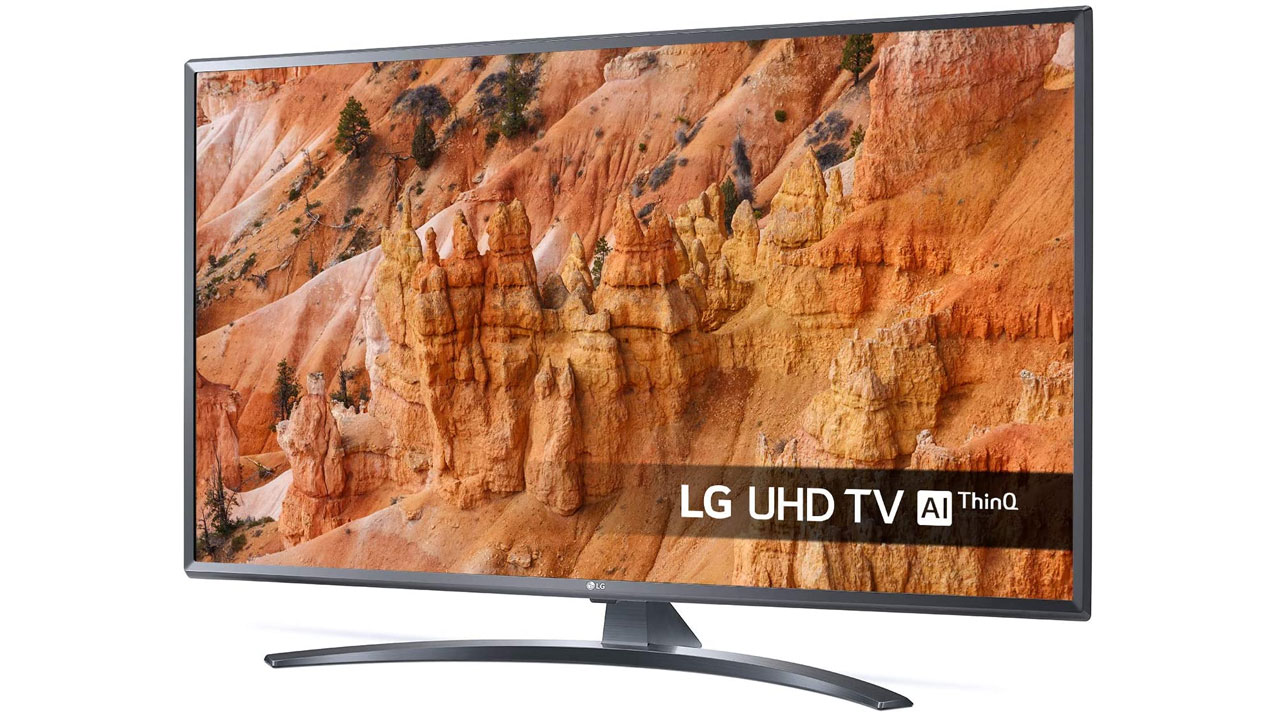
Formally it costs 599 euros but also in this case you can find it easily discounted. Now, for example, find the 55 ″ for only 399 euros. LG quality, quad core processor and 4K for a TV that it can also interact with Google Assistant and Amazon Alexa. You have the operating system on board WebOS, the best on the market.
Xiaomi Mi LED TV 4S 55″
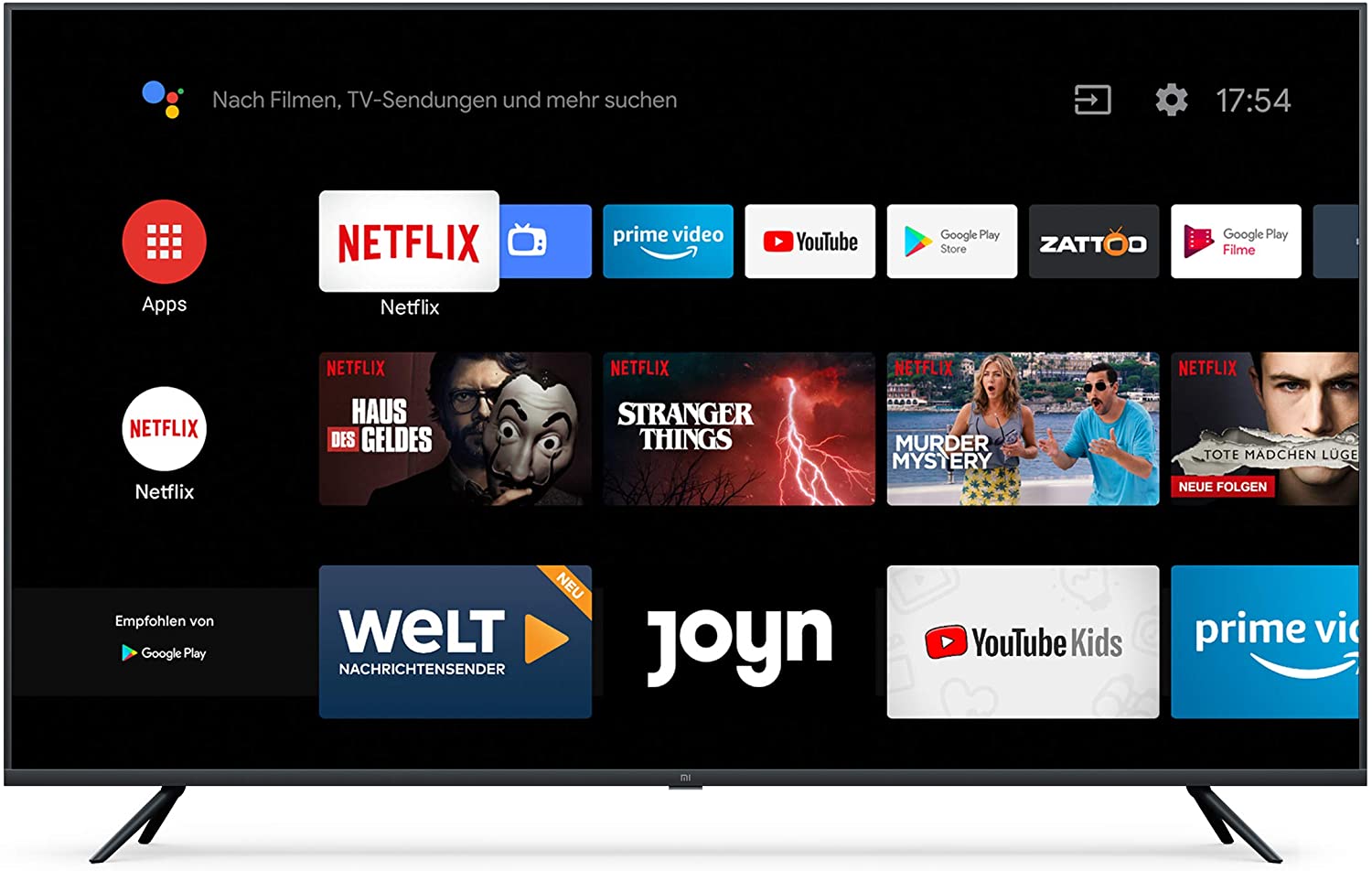
Not just smartphones for Xiaomi. Among the many products of the Chinese company we also find televisions, born with the intention of offering good value for money.
With 499 euro in fact, bring home a huge smart TV, 4K HDR con tecnologia Dolby and a decent image quality.
Really interesting.
Best TVs under 1000 euros
We now abandon the world of AMOLED and QLED panels, to return to the economically more affordable one of FullHD LED IPS.
Sharp AQUOS Android 9.0
Really appreciable definition and color rendering on a product in this price range. Viewing angles are limited, but the overall experience is not affected at all. Remarkable image quality, perhaps the audio is not at the same quality level as the video. Smart functions present, including Google Assistant.
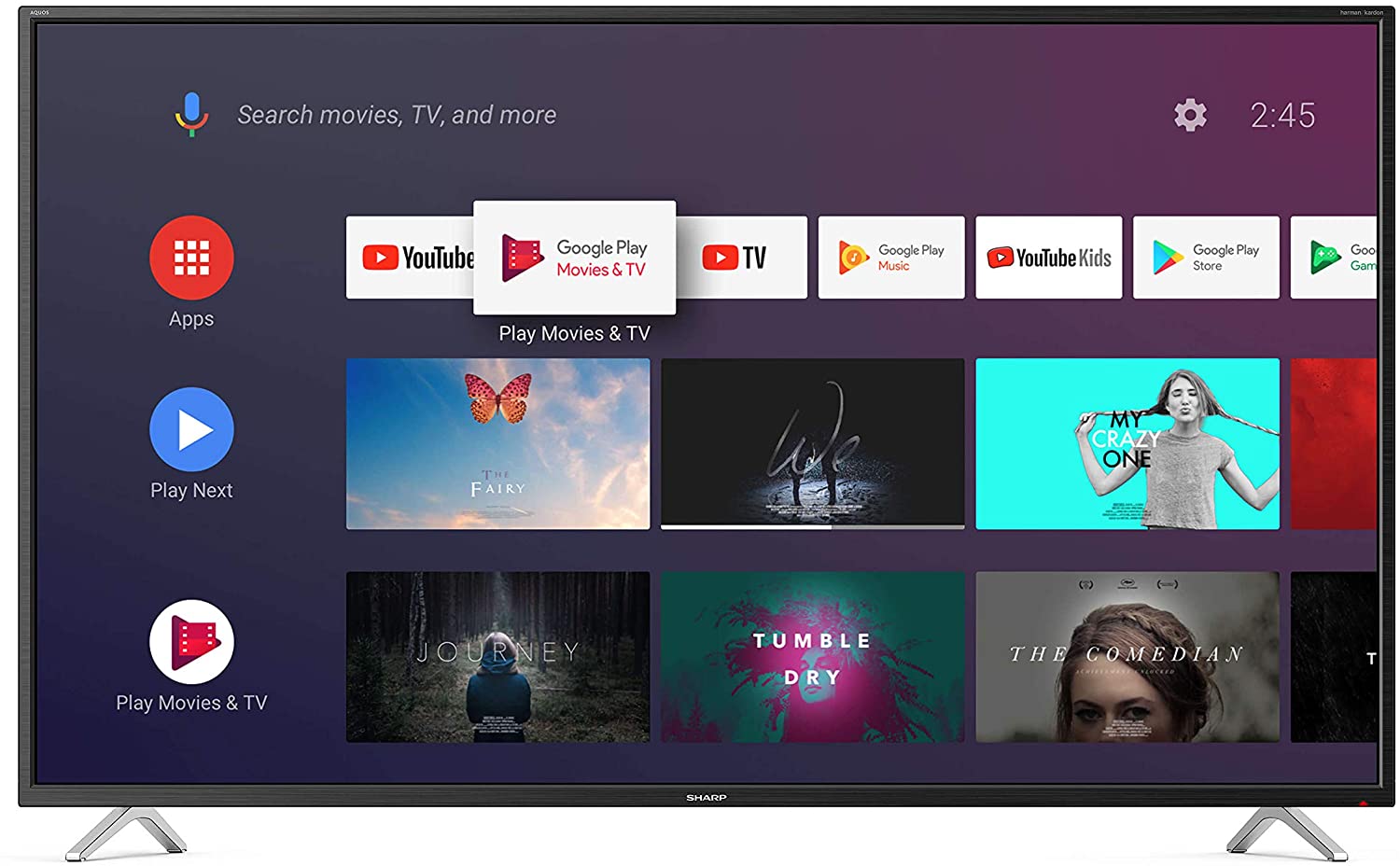
HiSense A7500F
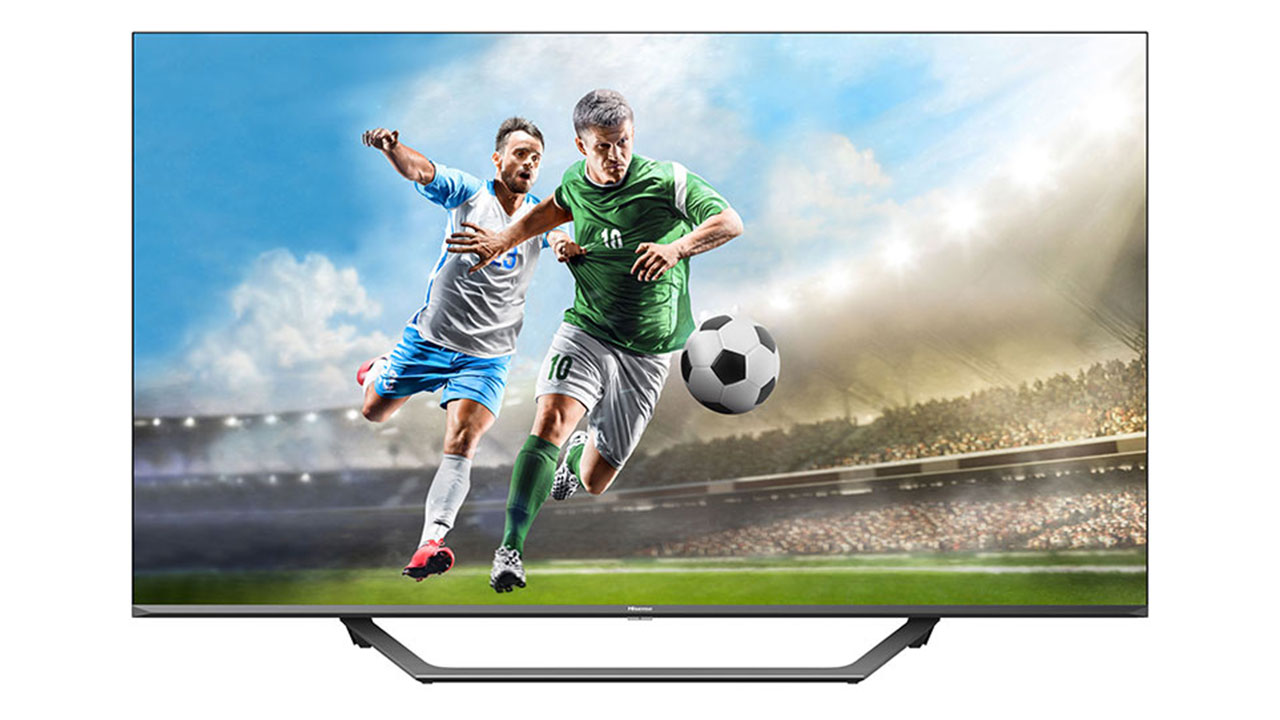
Available in 4 different cuts – 43″, 50″, 55″ e 65″ – Hisense’s A7500F comes with a 4K LED panel that takes advantage of Wide Color Gamut technology to return natural colors and good contrast. Also on board are Dolby Vision technology and the Ultra HD Upscaler, which uses artificial intelligence to improve the quality of non-4K content.
We inform you that the series is available exclusively from Unieuro.
Hisense E78GQ
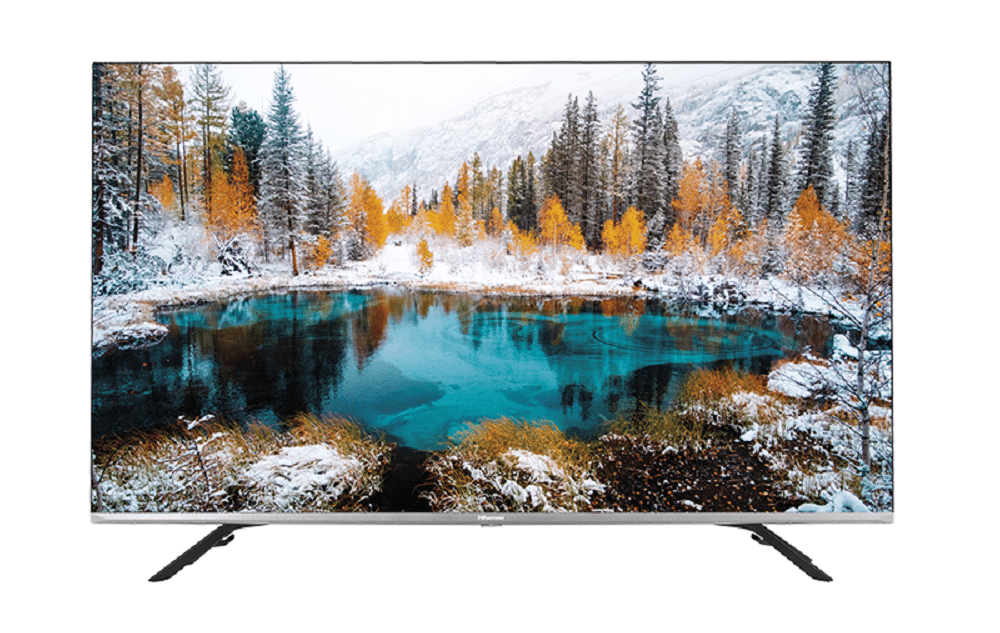
Hisense E78GQ it is available in two denominations: the 50 ″, on sale at € 599, and the 55 ″, available at € 699. Both are equipped with a QLED panel with 4K resolution and HDR support, as well as a Game Mode that also goes well with the latest generation consoles.
Would you like to know more? Read our Hisense E78GQ review.
Best TV under 1000 euros: Samsung UE65NU7400UXZT
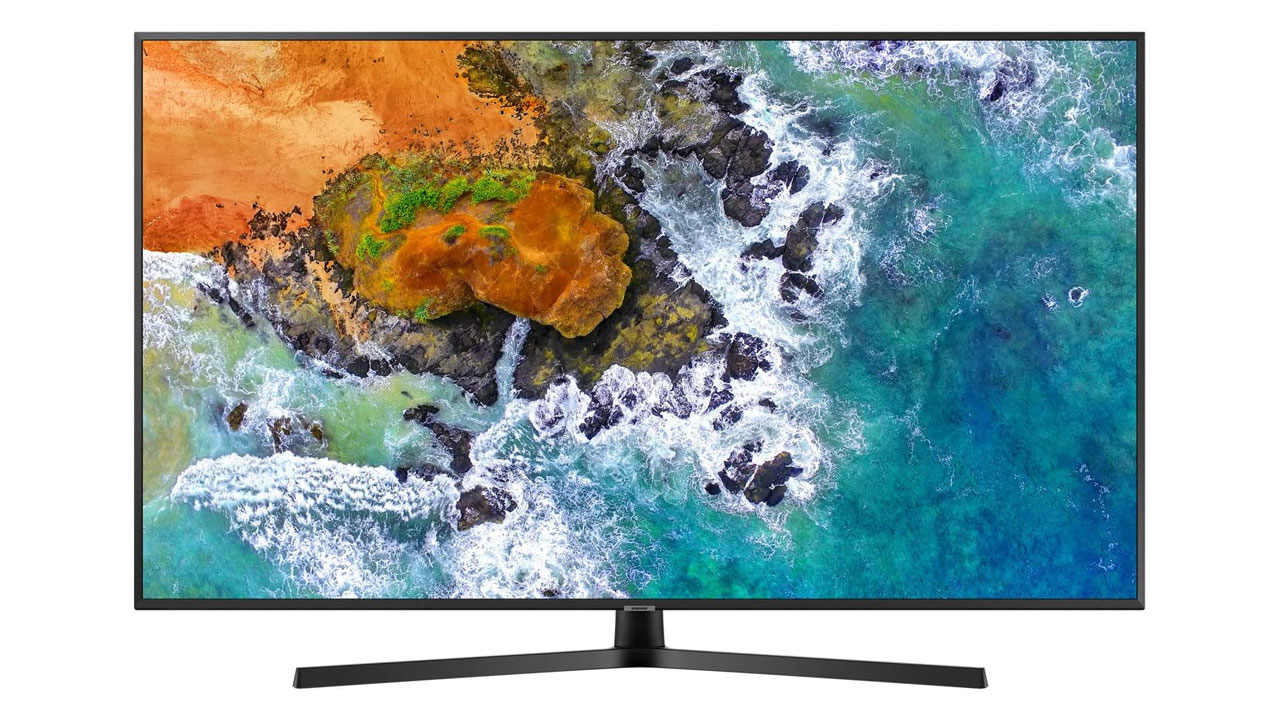
A full-bodied 65 ″ with 4K resolution, HDR and Dynamic Crystal Color technology. The design is sober, subtle and suitable for any environment. On board all the apps you need, a voice assistant and the SmartThings technology, which offers, among other things, a universal guide, a control panel and the ability to control other Samsung appliances.
Samsung UE50TU8500UXZT
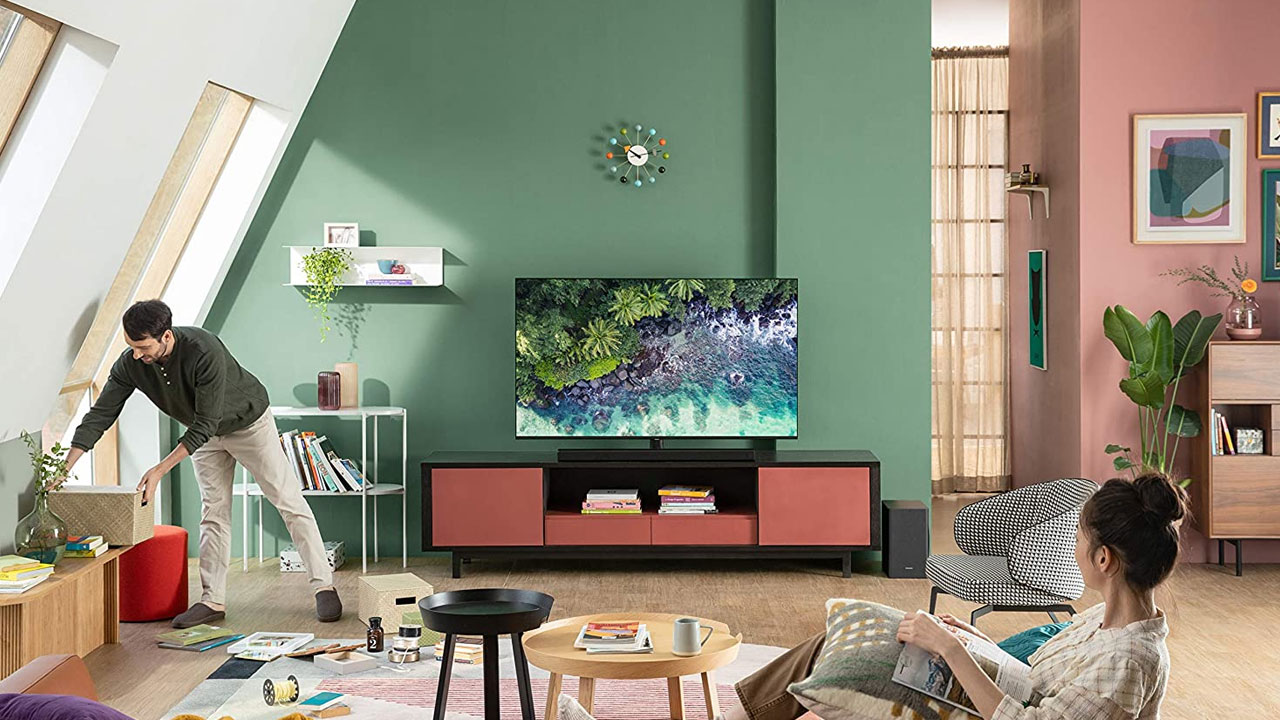
Samsung also proposes the model UE50TU8500UXZT of the series Crystal UHD 4K, capable of ensuring good picture quality with convincing contrast, sufficiently deep blacks and well-researched HDR.
To accompany all this we find an elegant, refined and minimalist design, so the TV won’t distract you from the content.
The One Remote Control then it simplifies your life: it takes very little to access all applications, decoders and consoles.
Sony XF90
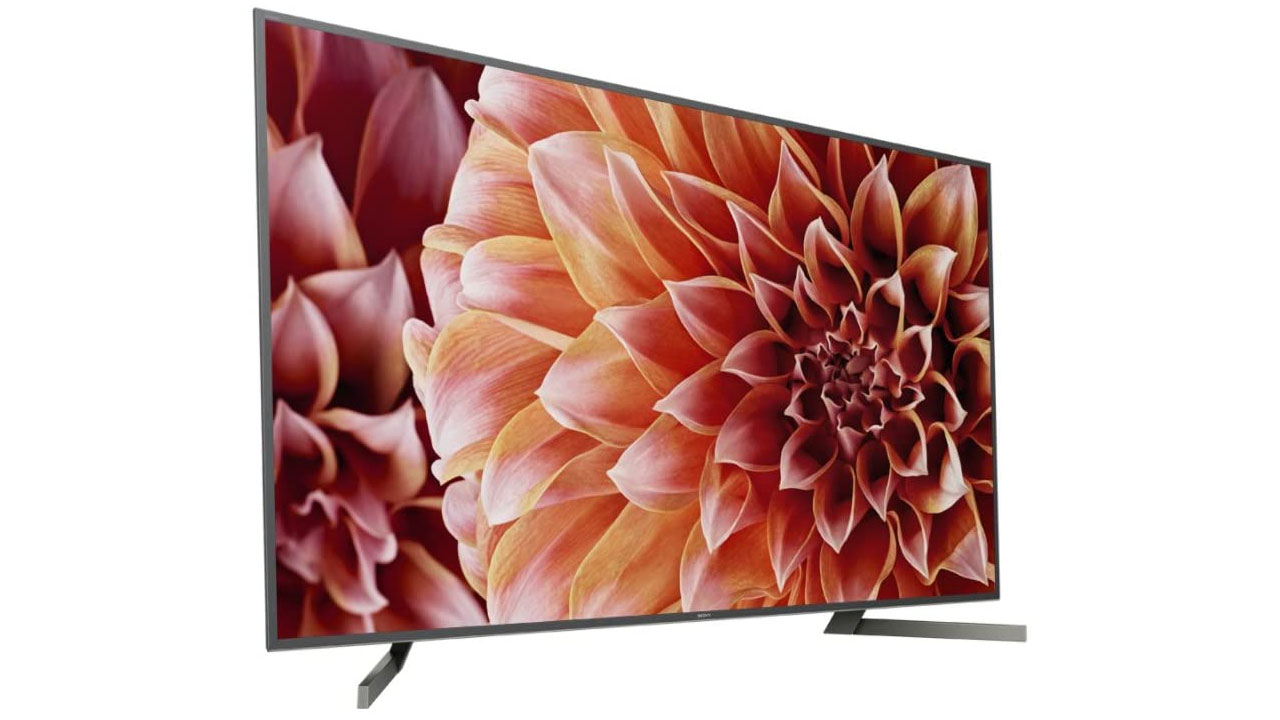
Panel Full LED da 55″, 4K Ultra HD and HDR resolution for Sony XF90. An elegant TV that uses the X1 Extreme processor, Full Array LED technology and local dimming to give brilliant and lifelike images.
LG TV UHD AI 70UN71006LA

LG instead offers us a 70 ″ subscriber with images in Real 4K, vivid colors and incredible details. To support LG TV UHD AI 70UN71006LA also the Quad Core 4K processor and artificial intelligence Thinq AI. Of course available all major streaming platforms, from Netflix to Disney +.
…














Leave a Reply
View Comments